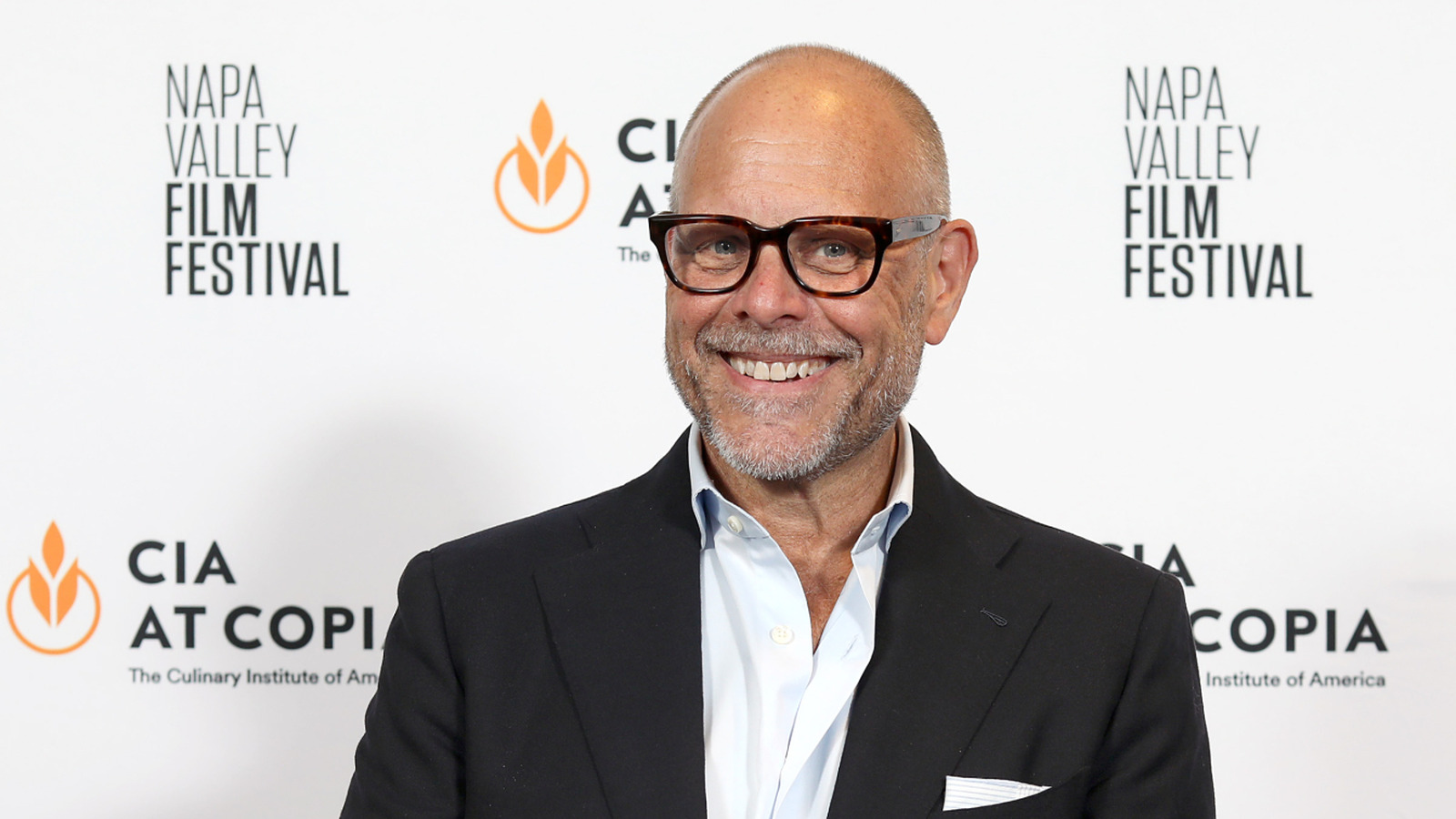 Born in Khurd, now in Pakistan, Sunil Dutt, fled to India during the 1947 Partition. Photo: Alamy
Born in Khurd, now in Pakistan, Sunil Dutt, fled to India during the 1947 Partition. Photo: Alamy
On 29 March 1987, the 63rd day of his peace march from Bombay to Amritsar’s Golden Temple, film star Sunil Dutt woke up dizzy, nauseous and with a high fever. But there was no time to lose. Dutt and fellow marchers had to reach the shrine on 13 April, Baishaki day. And Amritsar was still more than 300 kilometers away. Wrapped in a shawl, walking stick in hand, Dutt forced himself to resume the march. Three hours later, however, he stopped at a clinic in Karnal for blood tests. The diagnosis was jaundice. Dutt’s physician, Satish Puri, flew in from Bombay and pleaded with the star to give up his venture. Although Dutt refused, he did agree to go on a special diet and rest more frequently. Thankfully, his fever subsided three days later, and on Baishaki, watched by a crowd of 35,000, Dutt and his 80 pilgrims entered the Golden Temple and worshiped at the holiest of Sikh shrines. The 78-day, 2,500-km ordeal was Dutt’s attempt to focus India’s attention on Punjab’s turmoil. For years, he had agonized over the blood-letting, and when the terrorists murdered a handicapped girl, he could bear it no more. “We must arouse our people,” Dutt told family and friends. “Let’s march to the Golden Temple and show that we are one nation.” The police warned Dutt he could be the terrorist’s target, but he refused to even wear a bulletproof vest. And as the group marched through seven states, public response was heartwarming. Motorists stopped to wish him luck. Thousands of barefoot villagers walked long distances to catch a glimpse of him. Dutt held nearly 500 roadside meetings and kept reiterating his theme: “Violence will not solve our problems.” The Peace March was yet another reminder of the unique place Sunil Dutt occupies in India’s public life. A matinee idol who has starred in 70-odd films, he is also a devoted family man, a member of Parliament, and a tireless social worker. Remarkably resilient, he's recovered from one personal tragedy after another, only to return to the aid of others. Clearly, he’s a celebrity with a conscience. Born Balraj Dutt on 6 June 1929, in Khurd, West Punjab, now in Pakistan, Dutt lost his father, a civilian in the army, when he was only five. His strong-willed mother, Kulvanti Devi, single-handedly tended the family farm and raised Balraj, his brother and sister, even putting the three through high school. Fleeing to India during the 1947 Partition, the Dutts lost everything. “It was horrible,” Dutt recalls. “At a refugee camp in Ambala, I saw people mourning over a dead body while only a few metres away, a marriage ceremony was taking place.” The family was finally allotted a piece of land in the village of Mandoli, near Ambala, as compensation for property lost. But Dutt, now 18, wasn’t content to be a small-time farmer. He wanted to go to college and support his family in style. So in 1949, with two kurta pajamas and Rs 25 in his pocket, he moved to Bombay, enrolled in Jai Hind College, and got a Rs 100-a-month, clerical job with the Bombay Electric Supply and Transport. “I lived in a room with six others,” he remembers. “It was so small that most nights I slept out in the pavement.” Rugged Good Looks While Dutt was narrating a ballet in college, his voice attracted the attention of an advertising firm, which asked him to interview film stars for a weekly 15-minute radio show. Dutt was good at drawing people out and soon became the host of one more programme, Filmi Khabrein, based on news from the studios. Sensing that Dutt’s rugged good looks would be a draw at the box office, producer Ramesh Saigal offered him the lead in his film, Railway Platform. But at first, Dutt was nervous before the camera, especially in romantic scenes. A village lad, he had never mixed freely with girls. His worst moment came during a nightclub scene with co-star Sheila Ramani, who wore a tight blouse and knee-length trousers. “Get down on your knees, embrace her legs, and gaze at her with a lovelorn expression,” ordered Saigal. Trembling, Dutt bent down, but when he touched her legs, his hand began to shake. Furious, Saigal shouted, “Do it again.” In fact, the scene had to be shot several times before Dutt got it right. Deeply embarrassed, he resolved that if he ever directed a film, he would be more sensitive to his actors’ feelings. Happiest of Marriages Released in 1955, Railway Platform was only a modest success. But The Times of India’s review praised Dutt’s performance, and soon more roles followed. In 1956, director Mehboob Khan signed him up for Mother India, a saga on Indian womanhood. Dutt was Birju, the earthy, no-good son of the film’s heroine, Radha, played by Nargis, then India’s most popular actress. During the filming, Dutt became preoccupied with a domestic problem. His sister needed surgery, and he did not know any surgeons in Bombay. One evening on the set, Dutt was brooding over what to do when Nargis asked him why he was looking so miserable. Dutt poured out his heart to her. When he reached home late that night, Dutt found his sister happy and relieved. “Nargis was here,” she told him. “She says she’ll take me to a good doctor.” Dutt was overwhelmed. Mother India, released in 1957, was shortlisted for an Oscar, and Nargis won several international awards. The following year, Nargis and Sunil were married. She quit the screen and concentrated on raising a family. Sanjay, Namrata and Priya arrived in quick succession, and Dutt’s marriage turned out to be one of the happiest in Bombay’s film world. The Dutts were now comfortably off. Sunil regularly sent money to his mother, and she also stayed with him in Bombay for several months a year. However, Sunil and Nargis were always conscious that few people were as fortunate as they. During the disastrous 1962 Sino-Indian War, the Dutts donated Rs 1,00,000 to the National Defense Fund. Dutt also asked Prime Minister Nehru if he could serve the country in any other way. “Why not perform before the troops?” Nehru suggested. “It will boost their morale.” The Dutts readily agreed, and in 1962, founded Ajanta Arts Welfare Troupe that performed variety shows for the jawans. They also persuaded Lata Mangeskar, Talat Mehmood, Mukesh, Rafi, and Kishore Kumar, and other leading entertainers to join them from time to time. “We lived in tents in remote areas and often performed in sub-zero conditions,” says actress Shammi, a member of Ajanta. “But it was an exhilarating experience.” Now acknowledged as a major star, Sunil Dutt began making his own movies. “I was sick of the masala films I was starring in and wanted to experiment with more realistic productions,” he says. One of his earliest ventures, in which he played the lead, was based on the life of dacoits in Madhya Pradesh, and won Dutt the Filmfare Best actor award. Incidents from Dutt’s life, too, became themes for his films. Once returning home earlier than expected from a trip to Delhi, Dutt found his house empty. Although Dutt knew Nargis and the children were out of town for a few days, he felt oppressed by his loneliness. This experience sparked Yaadein, a one-actor movie in which Dutt plays a self-obsessed man who comes home one evening to find that his wife is not there. Assuming that she has left him, the man is furious. Then, memories of their happy times overwhelm him. Deeply depressed, he tries to hang himself. But at that critical moment, she returns and promises never to leave him. Widely acclaimed, Yaadein won the Grand Prix at the 1967 Asian Film Festival. Financial Crisis As a director, Dutt didn’t forget his resolve to treat young artists well. “Sunil was easy to work with,” says actress Waheeda Rahman. “If you were nervous, he helped you relax. He never rushed anyone.” Thus encouraged, some of his discoveries, including Vinod Khanna, Leena Chandavarkar, Shakti Kapoor and Ranjeet, became big stars. Dutt sought high technical standards too. Spurning studio-made sets, he filmed on location no matter how difficult the terrain. He spent five months in late 1969 and early 1970 shooting Reshma aur Shera in Rajasthan for some breathtakingly beautiful desert scenes. “Movies like Yaadein and Reshma were ahead of their time,” says veteran film journalist, B. K. Karanjia. Critics acclaimed Dutt’s films, but shorn of traditional themes, cheap comedy, and loud music, they failed at the box office. Dutt lost so much money on Reshma, ironically chosen as India’s entry for the Oscars, that in 1972, he suffered a severe financial crisis and ended up owing several lakhs of rupees. Dubbed a financial failure, he was ignored by the industry. Then in 1974, his close friend, the well-known director Raj Khosla, offered to direct a film for him. With Khosla backing him, Dutt was able to raise money for the project Nehle Peh Dehla, an action-packed song-and-dance entertainer starring Dutt, was a hit, and producers once again flocked to sign him on. Within five years, he was able to repay his debts. In April 1980, Nargis, who had been working on behalf of disabled children for several years, was nominated to the Rajya Sabha. But that August, she fell ill. When doctors diagnosed cancer of the pancreas, Dutt rushed his wife to the Memorial Sloan-Kettering Cancer Center in the United States. Nargis underwent five operations, but the disease was too advanced, and she died on 31 May 1981. His wife’s death left Dutt heartbroken. To add to his grief, his son, Sanjay, had become a drug addict. Why should all this happen to me? Dutt wondered bitterly. He began to drink and smoke heavily. In his agony, he often thought of his mother, who had also passed through difficult times, yet had lived and worked for her children. I must do the same, Dutt decided. Family Ties Sunil’s first job was to save his son. It took three years and four clinics for Sanjay to free himself from his addiction, but his father stood by him through it all. Nargis’ death also brought Dutt closer to his daughters. “Dad filled the gap left by Mother,” says Priya. “He began helping with our homework, attending our school functions, and discussing our problems with us.” During this time, Dutt was also thinking of a suitable memorial to Nargis. “When we were at Sloan-Kettering,” he says, “Nargis used to tell me how she wished our hospitals had similar facilities. After her death, I was determined to make her wish come true.” In 1982, Sunil founded the Nargis Dutt Foundation. Based in New York and backed by Indians living abroad, the foundation has so far spent half a million dollars on equipping Indian hospitals with modern cancer-fighting equipment. It pays for internationally renowned cancer specialists to lecture and operate in India, and for promising local doctors to train abroad. The foundation has also set up the Nargis Dutt Intensive Care Unit at Bombay’s Tata Memorial Cancer Hospital. Says Dr Praful Desai, Director of Tata Memorial, “Sunil takes a personal interest in our patients. He frequently visits the wards and pays for entertainers to perform at the hospital.” In December 1981, Dutt had been appointed Sheriff of Bombay. Three years later, he was elected to Parliament. “I felt that as an MP, I could help people more,” says Dutt. He has campaigned for the legalization of Bombay’s squatter settlements and helped squatters get the government amenities to which they are entitled. Dutt is also active in the campaign against drugs, urging parents to stand by their addicted children. “This is what we did for Sanjay,” he tells them, “and he came back to us.” Meanwhile, Sunil Dutt’s more recent films deal with social issues that concern him. Though the anguish of cancer is the major theme of Dard ka Rishta, this 1983 film also stresses national integration. The hero’s home is a mini India with a Hindu cook, a Muslim watchman, and a Christian servant. The cook initially bars the watchman from his kitchen, but is finally convinced that such discrimination is wrong. “Films influence the public,” says Dutt. “Why not use them to propagate the right values?” Though he no longer plays romantic roles, Dutt, now 60, is still mobbed wherever he goes. Visitors also throng his Bombay office, seeking favours, hospital admissions, jobs or his presence at functions. “Sunil just can’t say no,” says Dr Puri. Despite the personal tragedies that beset him—recently, his daughter-in-law, Richa, was operated on for the removal of a malignant brain tumour—Dutt keeps going. “Where do you get your strength?” I ask him. “I take things as they come,” he replies, “and I help others as much as I can, for that is what gives my life meaning.” First published in Reader's Digest March 1990 Actors , Sunil Dutt and Sadhana in a film still. Photo: Alamy
Actors , Sunil Dutt and Sadhana in a film still. Photo: Alamy Dutt, with writer-director Gulzar. Photo: Alamy
Dutt, with writer-director Gulzar. Photo: Alamy Actor, filmmaker and politician: Sunil Dutt—seen here at a protest rally—wore several hats throughout his lifetime. He supported various campaigns, including one for the legalization of Bombay’s squatter settlements. Photo: Alamy
Actor, filmmaker and politician: Sunil Dutt—seen here at a protest rally—wore several hats throughout his lifetime. He supported various campaigns, including one for the legalization of Bombay’s squatter settlements. Photo: Alamy

 10 months ago
97
10 months ago
97











 English (US) ·
English (US) ·